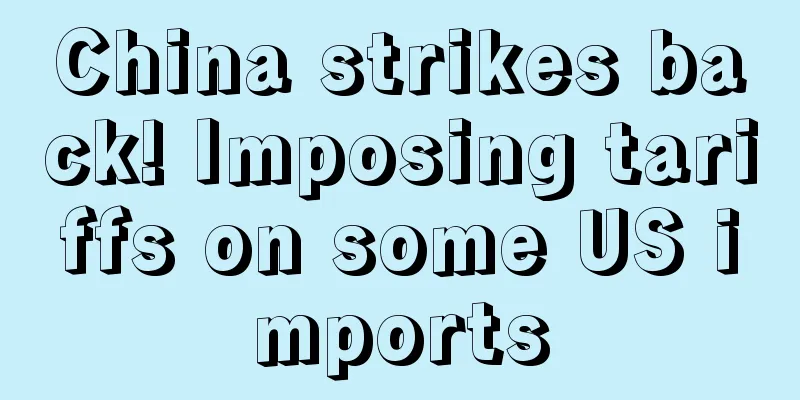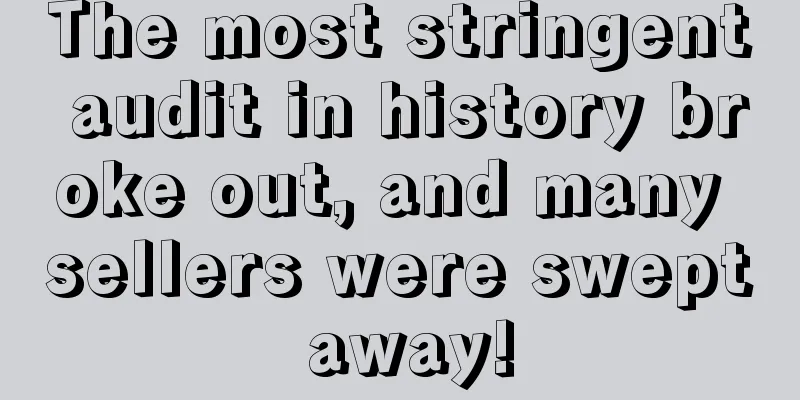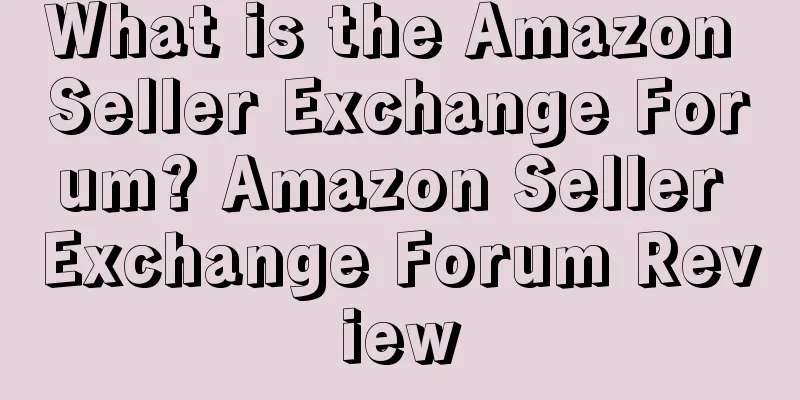China strikes back! Imposing tariffs on some US imports

|
On February 1, 2025, the US government announced a 10% tariff increase on all Chinese goods exported to the US, citing issues such as fentanyl. This unilateral approach seriously violates the rules of the World Trade Organization, and not only does not help solve the US' own problems, but also undermines normal economic and trade cooperation between China and the US. In response, China quickly took countermeasures. The State Council Tariff Commission issued an announcement on February 4, imposing additional tariffs on some imported goods originating from the United States from February 10, 2025. Specific measures include: 1. A 15% tariff will be imposed on coal and liquefied natural gas. List of goods subject to 15% tariff 2. A 10% tariff will be imposed on crude oil, agricultural machinery, large-displacement cars and pickup trucks. List of goods subject to 15% tariff 3. For the imported goods listed in the appendix originating from the United States, corresponding tariffs will be levied on the basis of the current applicable tariff rates. The current bonded and tax reduction and exemption policies remain unchanged, and the additional tariffs will not be reduced or exempted. In addition, China's Ministry of Commerce has included PVH Group and Illumina in the Unreliable Entity List, and has jointly implemented export controls on tungsten, tellurium, bismuth, molybdenum, and indium-related items with the General Administration of Customs. At the same time, China has formally sued the United States in the WTO, demanding that it correct its wrong practices. For cross-border e-commerce, the 10% tariff imposed by the United States on Chinese goods has directly led to an increase in the cost of goods exported from China to the United States. In order to maintain profit margins, cross-border e-commerce sellers may choose to increase the price of goods, but this may lead to a decrease in consumer willingness to buy, especially for price-sensitive product categories. It is worth noting that changes in tariff policies will accelerate the reshuffle of the cross-border e-commerce industry. Sellers with weaker competitiveness may be eliminated, while sellers with brand advantages, supply chain integration capabilities and refined operation capabilities will stand out. Branding will become the key to improving the competitiveness of cross-border e-commerce companies. Through brand building, user stickiness can be enhanced and price competition pressure can be resisted. |
Recommend
Cross-border e-commerce in 2023: a life-and-death elimination competition in the name of full trusteeship
More than a decade ago, the entry of eBay and Amaz...
Amazon algorithm has changed! Organic traffic priority has risen to 18.7%
This means that if the seller’s brand is well-kno...
Amazon BUG! Expired coupons are restored, 1 million products are cleared!
Recently, a large number of "0 yuan purchases...
Good luck in the beginning of 2024! How can new products live better? ——A brief discussion on the application of the Dark Forest Law in "The Three-Body Problem" in the promotion of new products
LeeaAndrew My C position Before entering the main ...
Share some Amazon trivia you may not know
Q1: How can I see the products after 100 on the BS...
Amazon account registration upgrade! Free long-term storage fees for FBA in 7 countries!
Good news, following the US site, Amazon announced...
Amazon account is frozen again? The storm before the peak season is coming...
The blocking of an account by Amazon is actually ...
What is As Seen On TV? As Seen On TV Review
As Seen On TV is a generic nameplate for products ...
Amazon adjusts its display position! Its self-operated business is controversial again
Let’s start today’s main text. ◆ ◆ ◆ ◆ Both the E...
What is a virtual credit card? Virtual credit card review
A virtual credit card, also known as a virtual VIS...
Will this year's Black Friday peak season see a huge sales volume? Foreign media data tells you
There is only about a month left until Black Frid...
Amazon US may launch its own brand TV in October! TCL participates in the design and manufacturing!
It is learned that according to foreign media repo...
Amazon's high-paying operations will use the buried keyword method
A friend asked how to correctly embed keywords whe...
32% of Americans shopped online in December! Food and grocery categories saw the strongest spending!
<span data-shimo-docs="[[20,"获悉,根据市场研究机构PY...
What is a Commercial Invoice? Commercial Invoice Review
Commercial Invoice, also known as invoice in forei...









